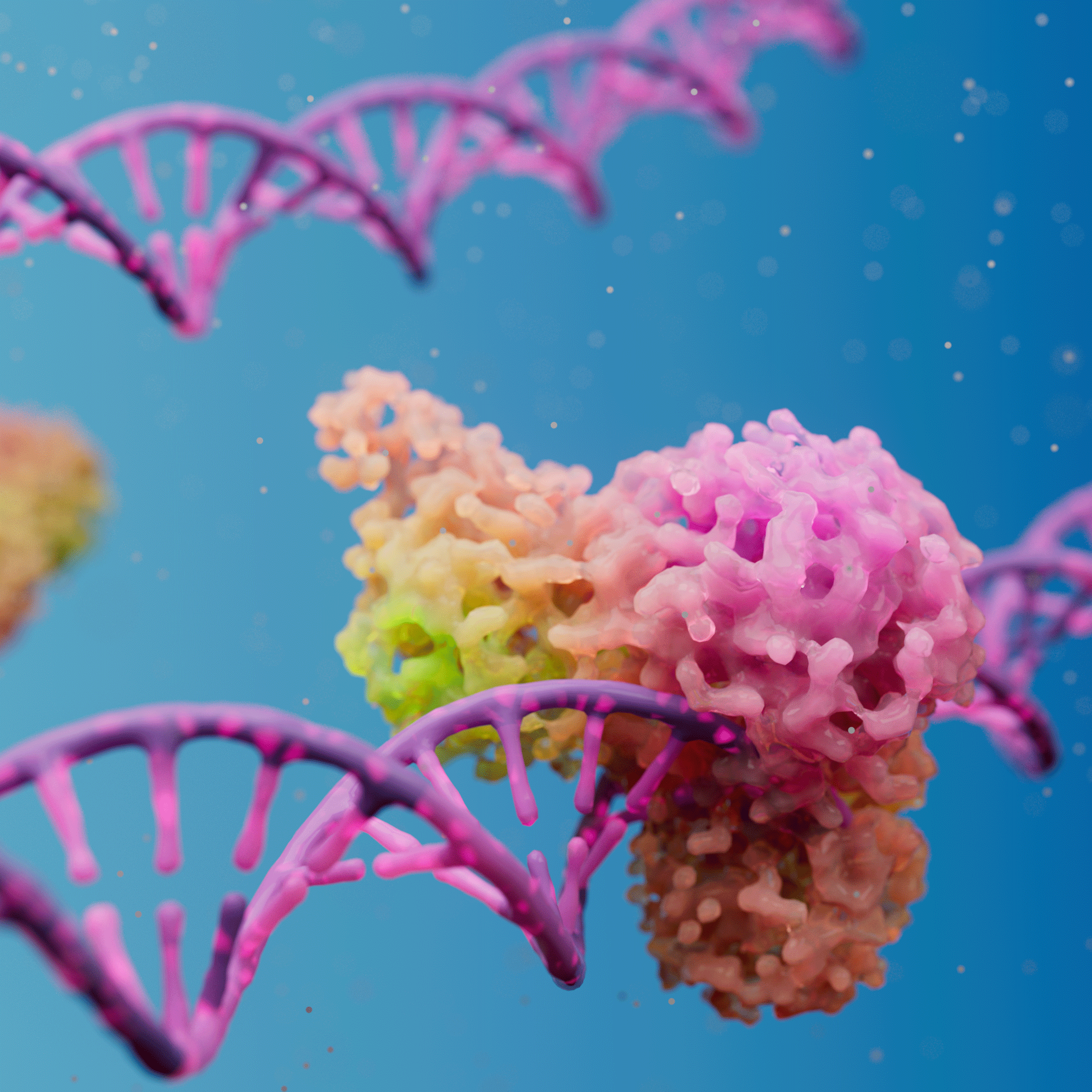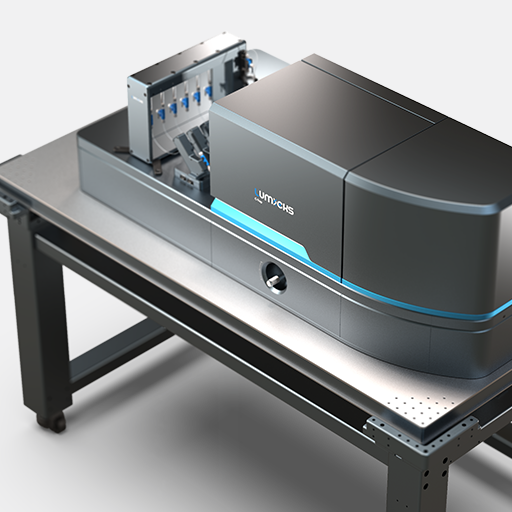New insights into the regulation of transcription termination have been revealed by researchers from the lab of Shixin Liu at The Rockefeller University, New York, in a recent publication in Molecular Cell. Using the powerful LUMICKS C-Trap® technology that allows the direct observation of molecular mechanisms, they were able to obtain direct proof of a novel mechanism in bacteria that leads to transcription termination.
Efficient and precise transcription termination ensures the generation of accurate gene products and the recycling of RNA polymerases (RNAPs) for next rounds of transcription. In bacteria, two mechanisms for transcription termination have so far been documented, one mediated by a stem-loop structure formed in the nascent RNA transcript (intrinsic termination) and the other mediated by an ATP-dependent RNA translocase Rho (Rho-dependent termination). A third bacterial transcription termination model was recently proposed: bidirectional transcription termination. In this model of transcription termination, it has been hypothesized that collisions between RNA polymerases from opposing directions could play a key role in regulating bidirectional transcription termination. However, direct evidence for this proposed model of collision-driven termination mechanism has been lacking.
To study this third model of transcription termination, the researchers focused on the rrnB terminator from E.coli, and using the C-Trap, they were able to directly observe and manipulate RNA polymerase collisions at this terminator. They found that head-on collisions between RNA polymerases caused destabilization and termination of transcription, while co-directional collisions resulted in the formation of stable transcription complexes that prevented termination.
Based on these observations, the researchers proposed a new model in which the frequency of these head-on and co-directional collisions is regulated by the availability of ribosomes and other factors involved in translation. This provides a mechanism for regulating gene expression in response to the metabolic state of the cell.
Overall, this study provides new insights into the molecular mechanisms underlying bidirectional transcription termination and highlights the importance of RNA polymerase collisions in regulating gene expression. The findings may have implications for understanding gene regulation in other organisms and could potentially inspire the development of new approaches for controlling gene expression in biotechnology applications.
For further information about this study, check out the research article “Head-on and co-directional RNA polymerase collisions orchestrate bidirectional transcription termination,” published in Molecular Cell.
Are you interested in using dynamic single-molecule tools like the C-Trap for your research? Do not hesitate to contact us for more information.






